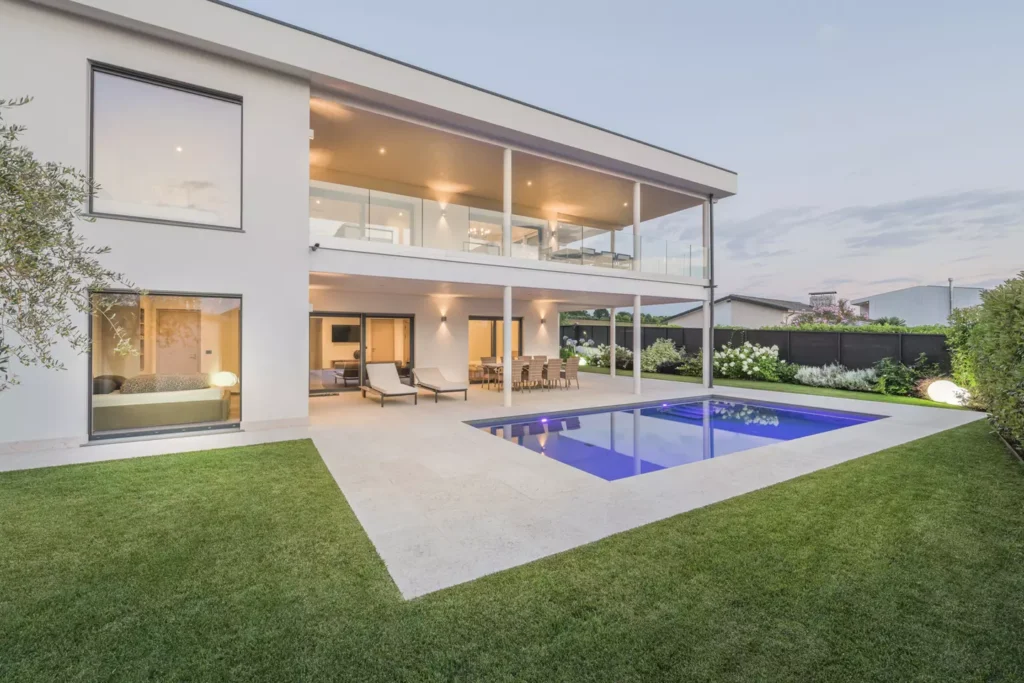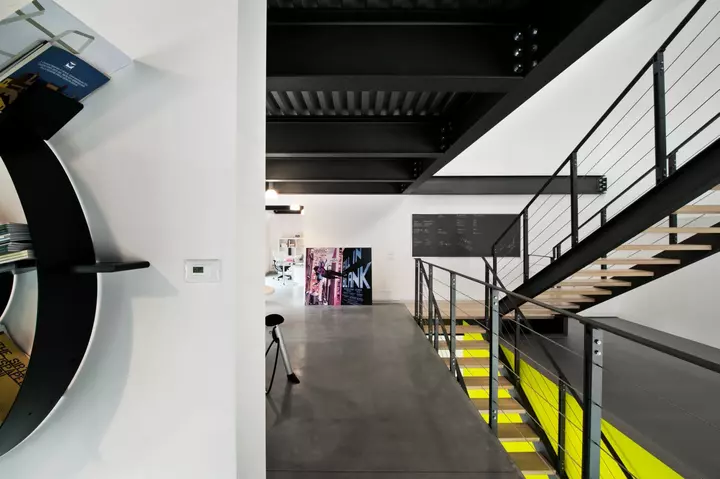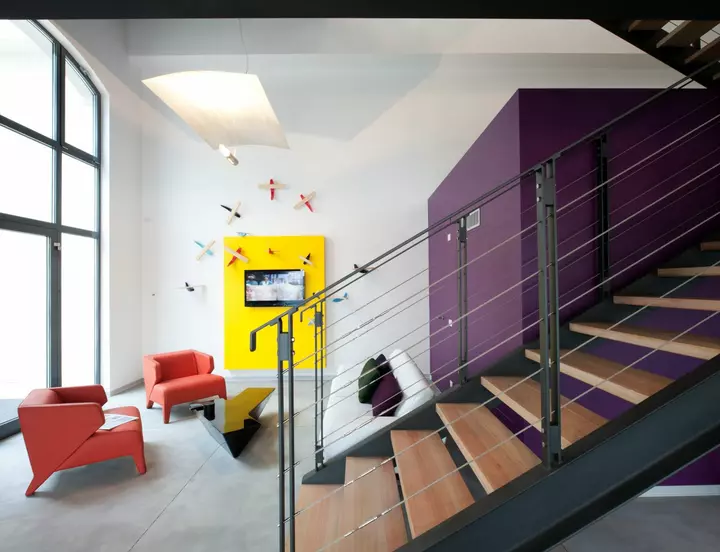What is the Difference Between Home Automation & Building Automation?
Automation is a hot topic at the moment, with new technology being introduced constantly to make our lives easier and more convenient. With this, a number of terms are thrown around that can get confusing and can leave you asking, “what’s the difference between home automation and building automation?”
At IMP, we’re here to help you differentiate and introduce you to the innovation that is designed around you and your everyday lives.
What is Home Automation?

Home automation refers to devices used in a residential house to control functions such as thermostats, speakers, lighting, etc. Whether these devices are linked up to one system or they operate separately, as long as are used to remotely control functions within the household, they fall under the category of home automation.
Turning them on/off, adjusting lights/temperature/sound, and other operations can be performed when the devices are connected to your wireless router or when they are in communication with a home automation centre.
What is Building Automation?

Building automation refers to devices used in commercial buildings, such as offices, hotels, and schools, which can perform functions similar to home automation, but can also monitor collective data to further improve the building’s efficiency.
Instead of just adding convenience to simple tasks, building automation products have additional functionality such as automating tasks, optimising resources, saving more energy, and more. From waste management to equipment maintenance, asset tracking and space management, there are a number of factors this technology can help with that home automation wouldn’t benefit from.
The Main Differences Between Home & Building Automation

Physical Size & Environment
One of the main differences between home and building automation is the physical environment the technology has to work within. For home automation, wireless connectivity is usually a staple within your household which you can easily connect your devices to without any network issues.
However, building automation software works with structures on a bigger scale and so the connectivity needs to reflect this. In order to establish communication between multiple data points, you will need to make sure there is a strong enough connection throughout the building.
Essential Power Demands
In addition to the connectivity requirements, scale is an important consideration for power requirements too. Power outlets are located regularly around a home which means there is plenty of opportunity for your devices to be powered and connected to the Wi-Fi.
The regularity of power outlets in a larger structure is less than you find in a house though, and with more wireless sensors needed, the ratio of power outlets to sensors is uneven. Also, wiring this many sensors will inflict a huge cost and battery-powered building automation systems may be a more viable option.
Vimar Home & Building Automation Systems from IMP

IMP are proud to supply Vimar’s KNX range of home and building automation systems. High quality and guaranteed the best control and energy saving capabilities, the KNX range has multiple different control options to suit all types of homes and buildings.
From remote control to touch screen and push button control pads, security systems to creating your desired living atmosphere with smart, designer light switches and thermostats, these products can do it all reliably while looking chic and contemporary.
Take a look at our Vimar building automation and control systems today or get in touch with us to discuss your specific requirements.
